
Table of Contents
- Tip 1: Generate unique content
- Tip 2: Highlight user benefits
- Tip 3: Address the right audience
- Tip 4: Select the appropriate tonality
- Tip 5: Pay attention to the length of the product description
- Tip 6: Ensure readability
- Tip 7: Answer all conceivable questions
- Tip 8: Awaken emotions
- Tip 9: Advise customers
- Tip 10: Use pictures and videos
- Tip 11: Show models and alternatives
- Tip 12: Build trust
- Tip 13: Don’t use superlatives
- Tip 14: Avoid technical terms
- Tip 15: Pay attention to spelling and grammar
- Tip 16: Don’t use "empty" phrases
- Tip 17: Present a special offer
- Tip 18: Storytelling
- Tip 19: Create product descriptions that are "different
- Tip 20: Generate automatic product descriptions
- Tip 21: Perform Search Engine Optimization (SEO)
- Conclusion
When talking about e-commerce, the creation of good product descriptions should not be underestimated. In this article, we'll give you 21 ultimate tips on how to create good product descriptions that are attractive, unique, informative, and thus promotional.
A good product description is more than a list of completed product features. That the products are only described automatically, without taking into account the interests of the customers, is not uncommon. However, the primary goal of every product text is to motivate customers to make a purchase decision, as quickly as possible. It cannot be overlooked that an effective product description generates a wide range of positive emotions among customers that lead them to a purchase.
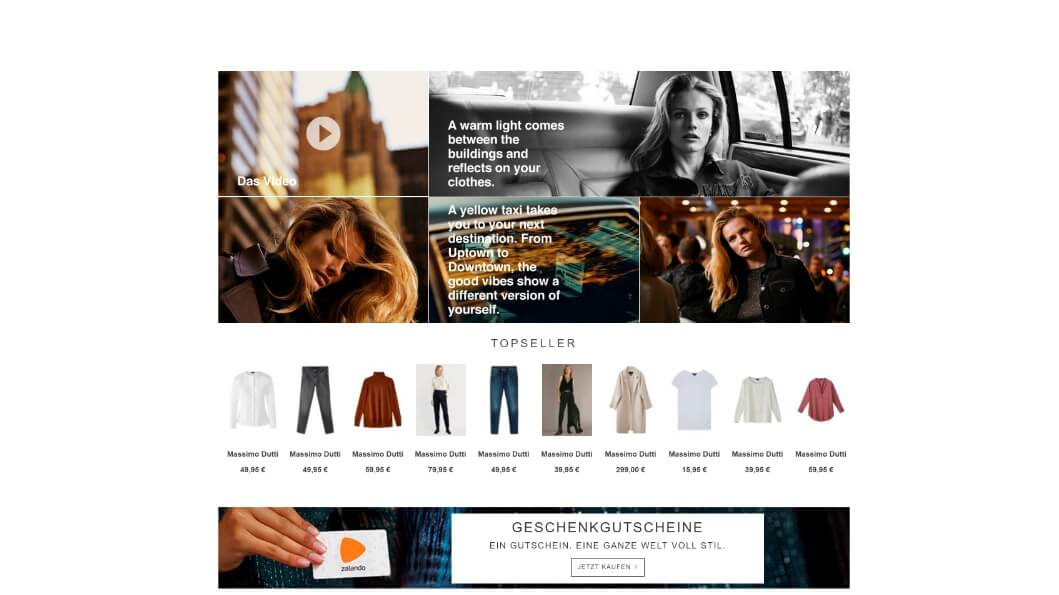
Tip 1: Generate unique content
The waiver of manufacturer's texts can be an important measure to distinguish your own online store. It is desirable to create separate product descriptions for all products. But if you have too many products, it can be quite time consuming. Therefore, you could take the manufacturer's texts as a basis and expand and improve them, but do not just copy. A unique and qualitative product description is indispensable for higher conversion rates.
Bare copies of the manufacturer's texts are perceived by customers as banal and boring, because these appear in most online stores. Review the product descriptions, at least some at random, to see if they are truly unique if you have outsourced this task.
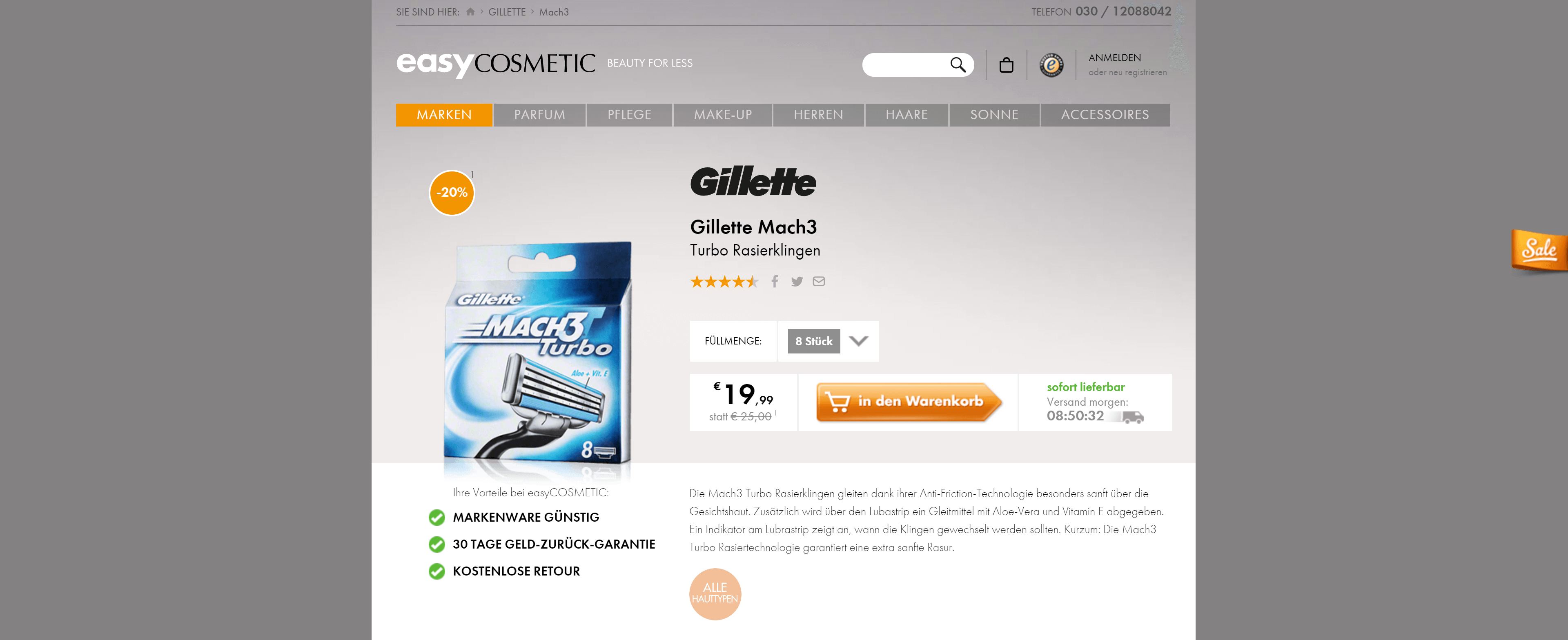
Tip 2: Highlight user benefits
Customers do not buy products, but the benefits they expect from a product. Therefore, make clear the benefits of a product in its description. Very often, potential buyers may not always be able to "read" product attributes correctly, not everyone understands, what for example does 3600 mAh mean for an external battery or 16GB for a memory card. The benefits of these products are not visible and unclear. If you try to emphasize and describe the benefit so that the customers understand it correctly, then the product will be definitely bought.
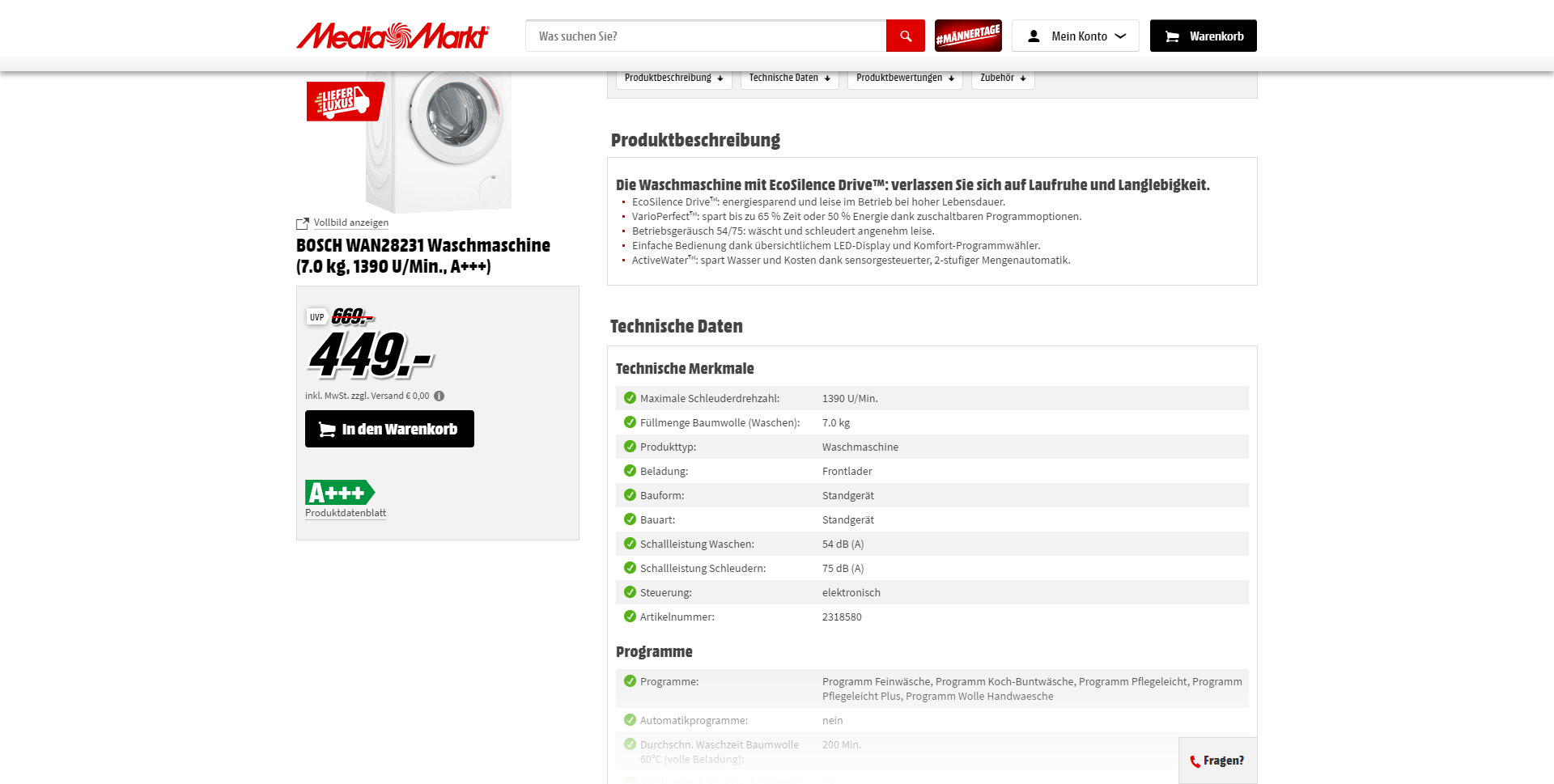
Tip 3: Address the right audience
Each target group is interested in a particular product according to their particular needs. The following criteria must be taken into account when choosing the target group: age, gender, marital status, place of residence, income, purchasing behavior, needs, etc. First, determine your target group and create your product descriptions in terms of their preferences and special features. Speak your language. Try to put yourself in the perspective of your potential buyers. This way, your customers will feel personally addressed. Focus on the problems, tasks and needs of these customers. Use successful and appropriate expressions that motivate to buy.
Tip 4: Select the appropriate tonality
When creating your product descriptions, choose the right tonality that best suits your audience and product. It depends on whether you have to be serious and objective, or informal and funny. Think about whether you can win customers with humor. For some products humor is often the best door opener to the human heart, for others it will be not accepted.
Tip 5: Pay attention to the length of the product description
A good product description provides relevant, qualitative and detailed product information. The length of product texts should meet these most important requirements. This should mainly depend on the product type and the target group. If you sell articles that require a lot of explanation, such as TVs or washing machines, the product description will be quite long.
If you sell screws, the description will be much shorter. But also for screws you can create product descriptions that sell. Do not try to make a text unnecessarily long by describing the contained information several times or with other words, no one will like it definitely. The product texts must therefore be long enough to describe the product informatively, qualitatively and in detail, no longer. For everything else, the potential buyer will not have time.
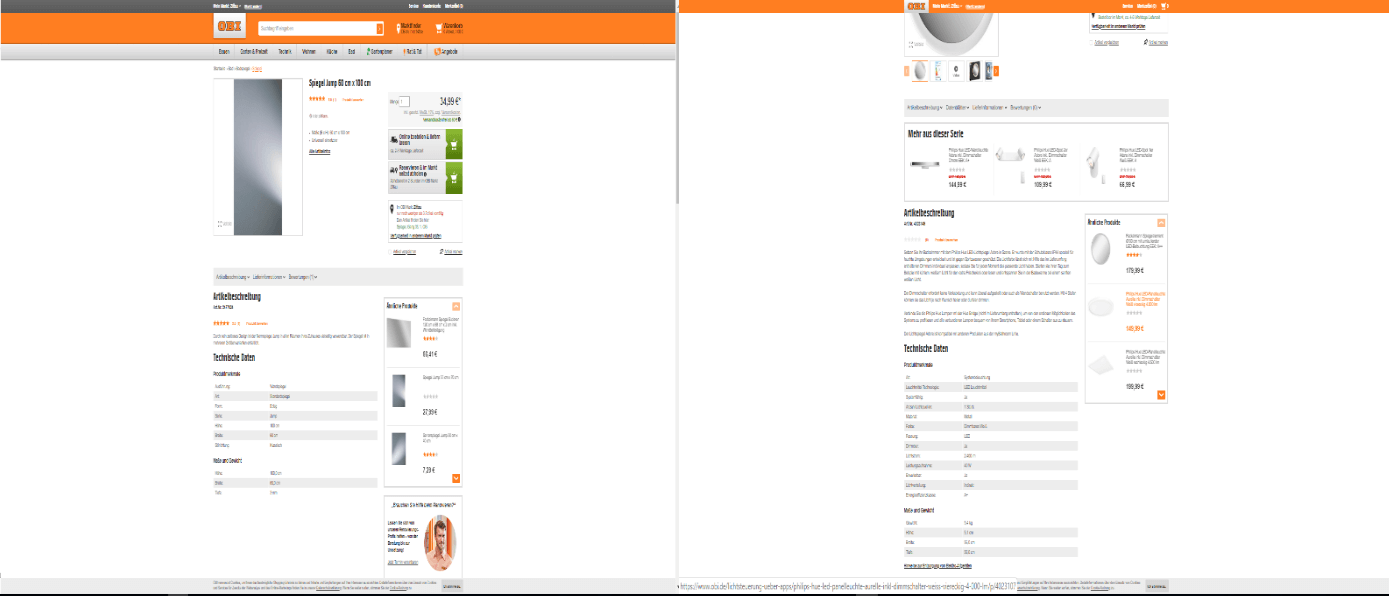
Tip 6: Ensure readability
Structure your product descriptions in such a way that you can "fly over" them with pleasure. Your customers should quickly and easy find all relevant information about the product.
The following tips will help you to make your product descriptions readable:
- Create informative and promotional H1, H2, H3 headings;
- Use lists with bullet points;
- Choose a correct font size (which should not be small);
- Use tables if it helps;
- Make small blocks of text with paragraphs;
- Use boldface to highlight some passages in the text.
Optimize the structure of your product texts, e.g. so:
- Start the product description with an emotional introduction.
- Describe in a continuous text the most important unique selling points and special features of your product.
- Describe the benefits that the customers get by using the product.
- Convince the customer that he makes the right decision when making the purchase.
- Structure the texts so that the paragraphs contain no repetitive information and each paragraph contains at least one important message for the client.
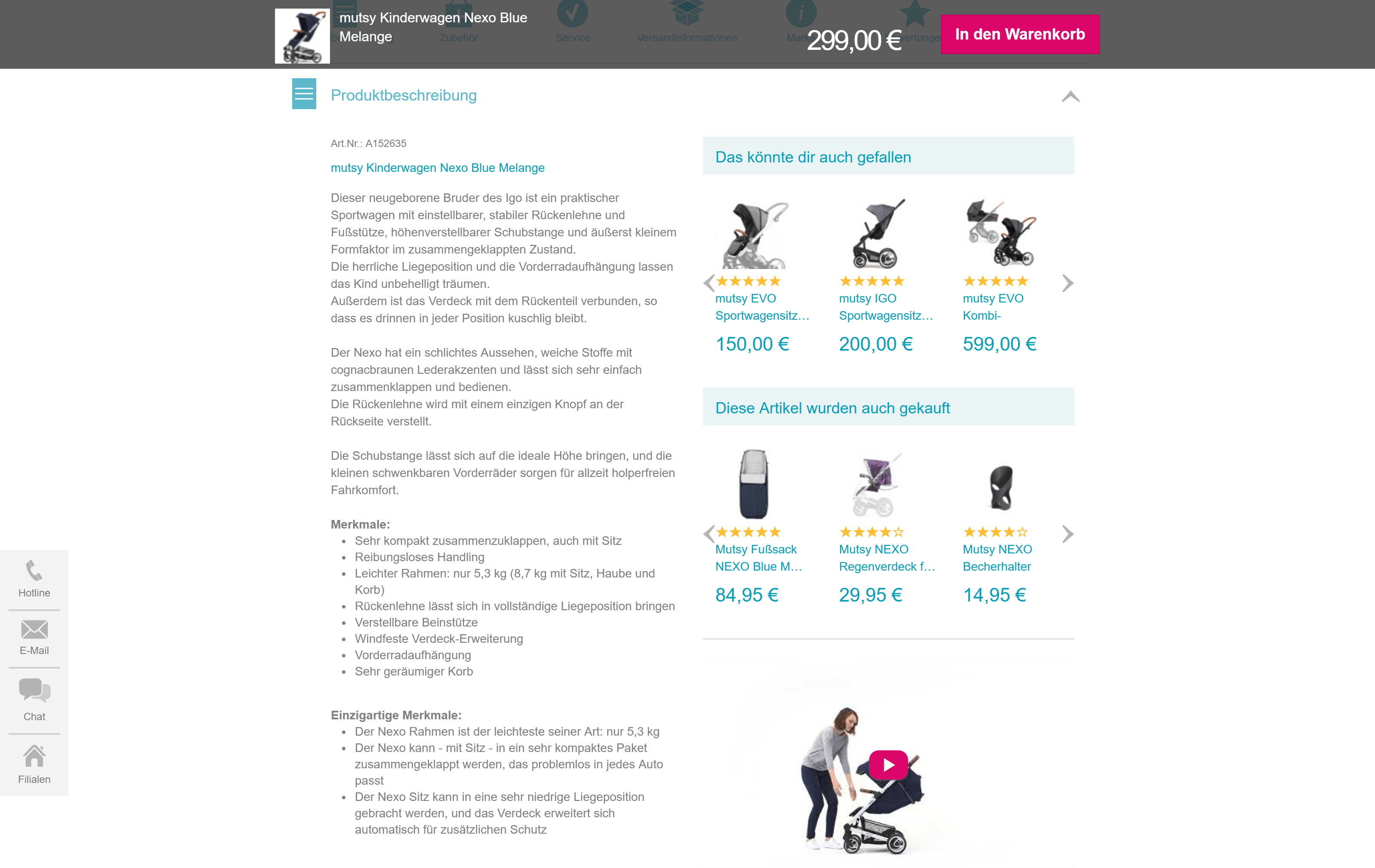
Tip 7: Answer all conceivable questions
You have to foresee all the questions a potential customer might come up with. You must not forget that an online storeis not a retail store and here customers can ask their questions to anyone. If questions remain unanswered, it is often not bought! According to research by the Nilsen Norman Group, 20% of online store visitors do not buy when the product information is incomplete or unclear. Make sure your product information provides answers to all typical questions.
Tip 8: Awaken emotions
A really good product description evokes positive feelings and emotions from users. The positive emotions and attitudes are the best motivators for a purchase. Make sure your customers are not bored! Awaken them to positive emotions, so that they feel how great it would be to own your product.
Activity verbs (such as: swimming, driving, learning, building, etc.) and sensations expressed through adjectives (funny, confident, strong, satisfied, surprising, etc.) help make product descriptions more vivid, attractive, seductive, and emotional. But do not use too many adjectives, because otherwise it will lead to a conflicting effect. Find the golden mean!
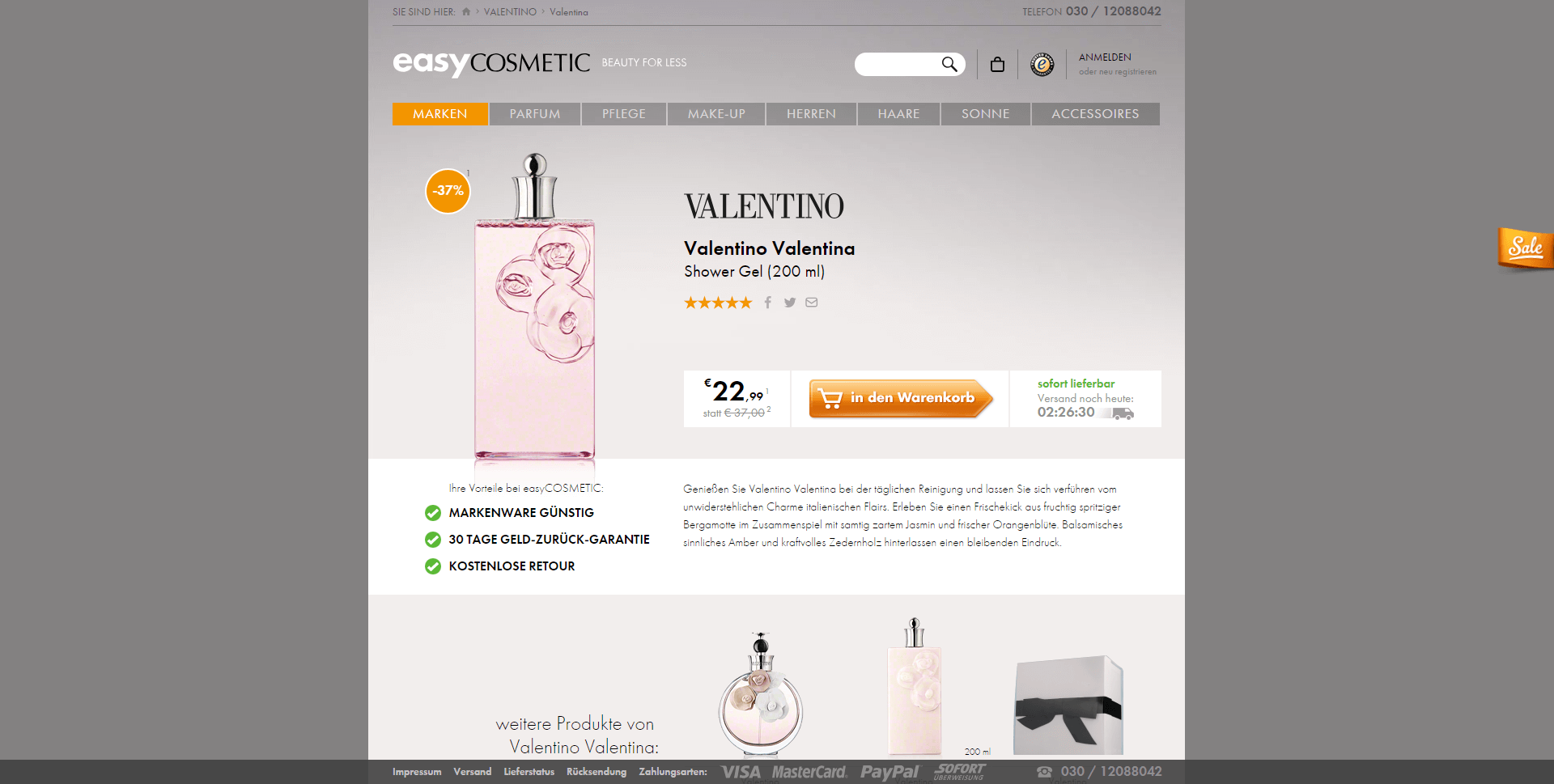
Tip 9: Advise customers
Customers feel safer when making a purchase decision if they are well advised. Advise your customers in your product descriptions. Also refer to other products that are better for a certain audience or for a use. Help your buyers to choose the right and appropriate product. Offer similar products or accessories to the chosen product. The advice should be short and conspicuous with a positive text. This leads to better customer perception of the advice.
Tip 10: Use pictures and videos
"Better to see something once than to hear about it a thousand times," is an Asian proverb. By visualizing something, you reach the communication goal most effectively. The huge increase of interest in Pinterest or Instagram is the best proof of this. According to a 3M study, information that can also be perceived visually is discerned by a human about 60,000 times faster than a pure text.
A good product description helps the users to understand the product as well as possible. High quality images from all sides, short videos, 360º animations and virtual fitting take over the visualization function very well.
The following advice will help you with graphical representation of your products:
- The picture should present a product in the best possible way.
- Create product images that have a high resolution and allow the customer to qualitatively evaluate the product from all sides.
- Create many product images to present the product in multiple perspectives.
- For some products, short videos, 360º animations are also helpful to quickly show the product from all sides or even see it in motion.
- If applicable, offer a virtual try-on, for example for glasses.
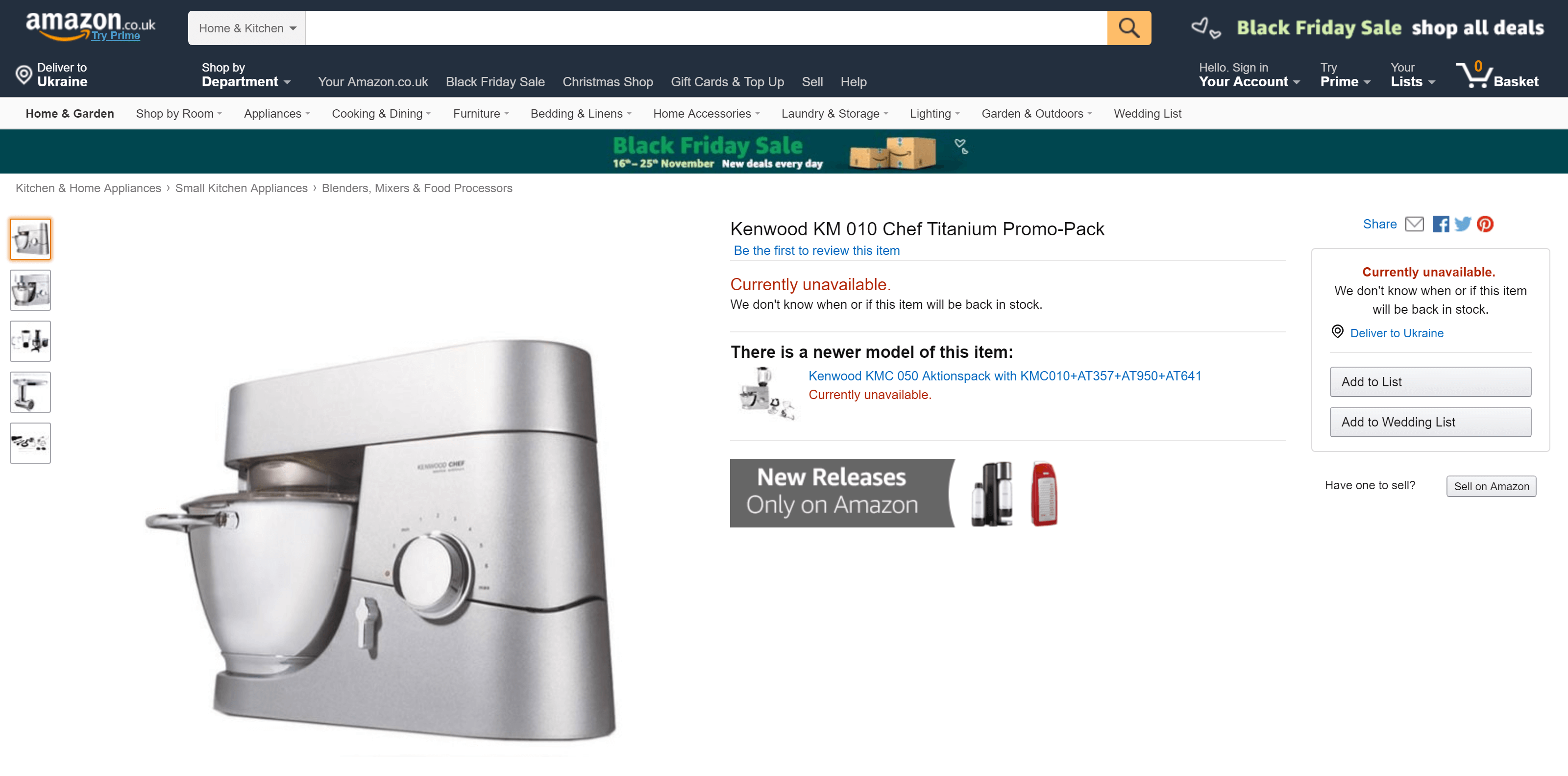
Tip 11: Show models and alternatives
The presentation of models of a product (product variants) helps your customers with the purchase decision. If there is a product in a different color or size, present it to your potential customers - also informative, well emphasized enough. If there are also accessories, cross-selling or up-selling for this product, you can also offer it to your customers.
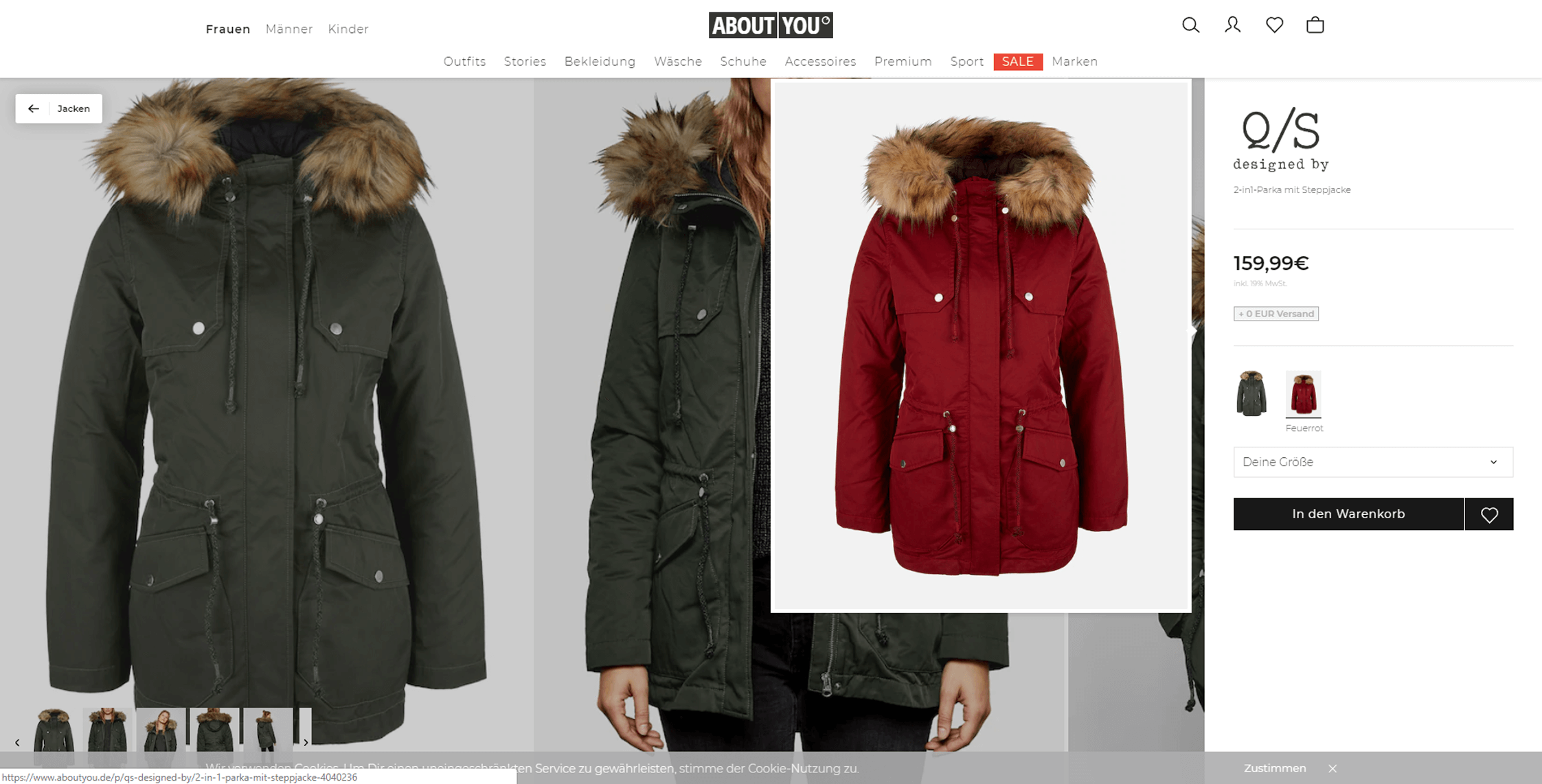
Tip 12: Build trust
Products that are bought and are popular by others, are more likely to be bought. 95% of all people are imitators and often follow the opinion of others. Refer to celebrities who already use the product or trust its brand. You should also use other information that is trustworthy for the customers - experience of the manufacturer in the product production, comparisons with similar products, awards, etc. Product descriptions should first inspire confidence and then sell.
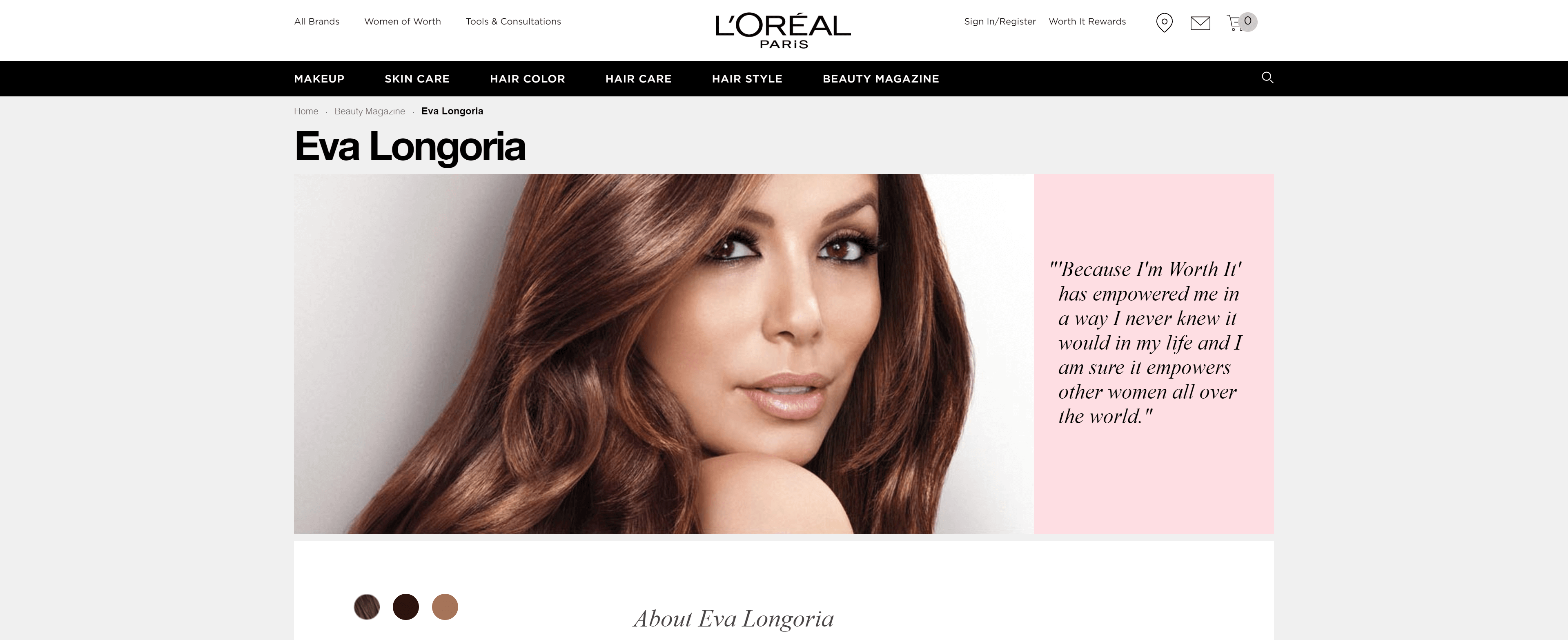
Tip 13: Don’t use superlatives
A large number of superlatives, such as “super offer”, “super price”, etc., do not make your product "super" in customer's eyes. Very quickly, such words arouse mistrust among users. Good product descriptions prove to the customers that a product brings benefits in the first place.
Tip 14: Avoid technical terms
When creating product texts, you should avoid using too many technical terms because not all customers are well-informed about them and therefore can not fully understand the product information.
However, if technical terms are unavoidable, explain them as possible to non-specialists, e.g. in brackets. Product descriptions should be understandable for all customers. If a customer does not receive sufficient product information, he will search further.
Tip 15: Pay attention to spelling and grammar
Ensure linguistic quality of your product descriptions. Make it a rule to check spelling and grammar of your product texts. Grammatical errors like missing commas fall into the eye. An online store with such errors is perceived as dubious and unreliable.
Tip 16: Don’t use "empty" phrases
Avoid common phrases and those which tell nothing about the product, are known by everyone and can be found in lots of product descriptions. For example:
- "We are convinced that our offer arouses your interest
- "Exclusive offer
- "You will find everything you need
- "We know what you need All text passages that do not tell the potential customer anything about your product or its benefits can easily be removed. Some customers will thank you with an order.
Tip 17: Present a special offer
Convince the customer that he is lucky when shopping in your online store. If the number of products is limited or special promotions apply to the product, make it clear - even in your product description.
Convince the potential customers that
- it's a one-time offer
- it's a worthwhile deal
- this offer is valid while stocks last,
- the offer will save you money in the long run,
- this offer is an exclusive offer,
- the customer is lucky to find the offer, etc.
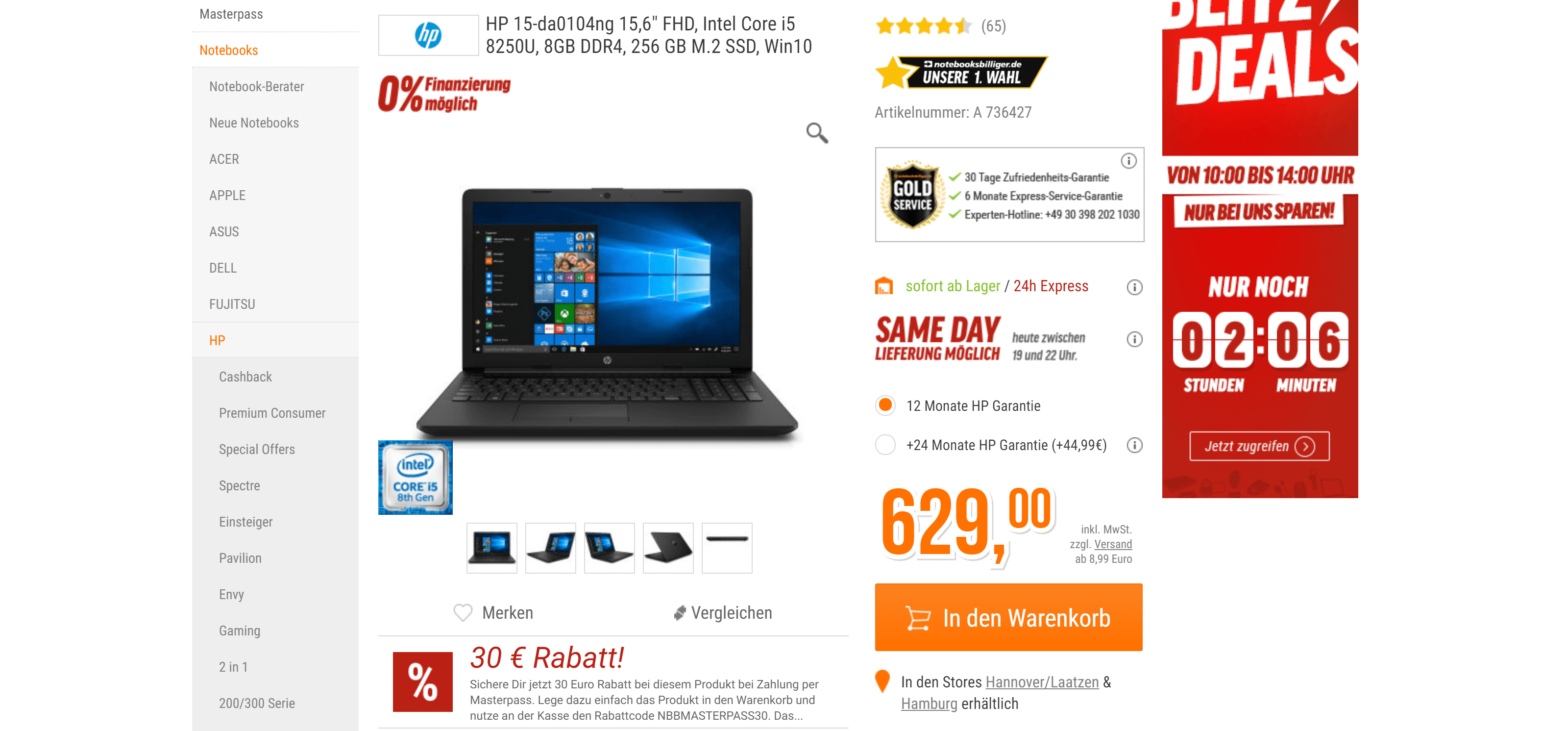
Tip 18: Storytelling
The human brain is much better prepared to process human relationships and data in the form of stories. Storytelling in the product description can influence the potential customers much more effective than numbers, tables, graphics, etc. The following types of stories can be presented in the product description and combined with the product:
- History of origin - it is about the tradition and history of the company (or the product); you trust the durability and quality.
- Story about benefits - taking into account the benefits of the product on a factual or emotional level.
- Story about real experience - a story that tells of the experience with the product / service with the simple formula "problem - solution - happy customer".
- Differentiation history - comparing the product with other products, tell you what differentiates your product from others.
- Story about brand - this is, so to say, a "mother of all stories" because it tells of the origin, the tradition, the utility, the particularity and the experience. Thus, it is the generalization of all stories and ideally it is considered as true emotion. If you sell products from strong brands, this kind of storytelling is right for you.
Use visualization together with storytelling to evoke an even stronger effect. This will certainly motivate more customers to make a positive purchase decision.
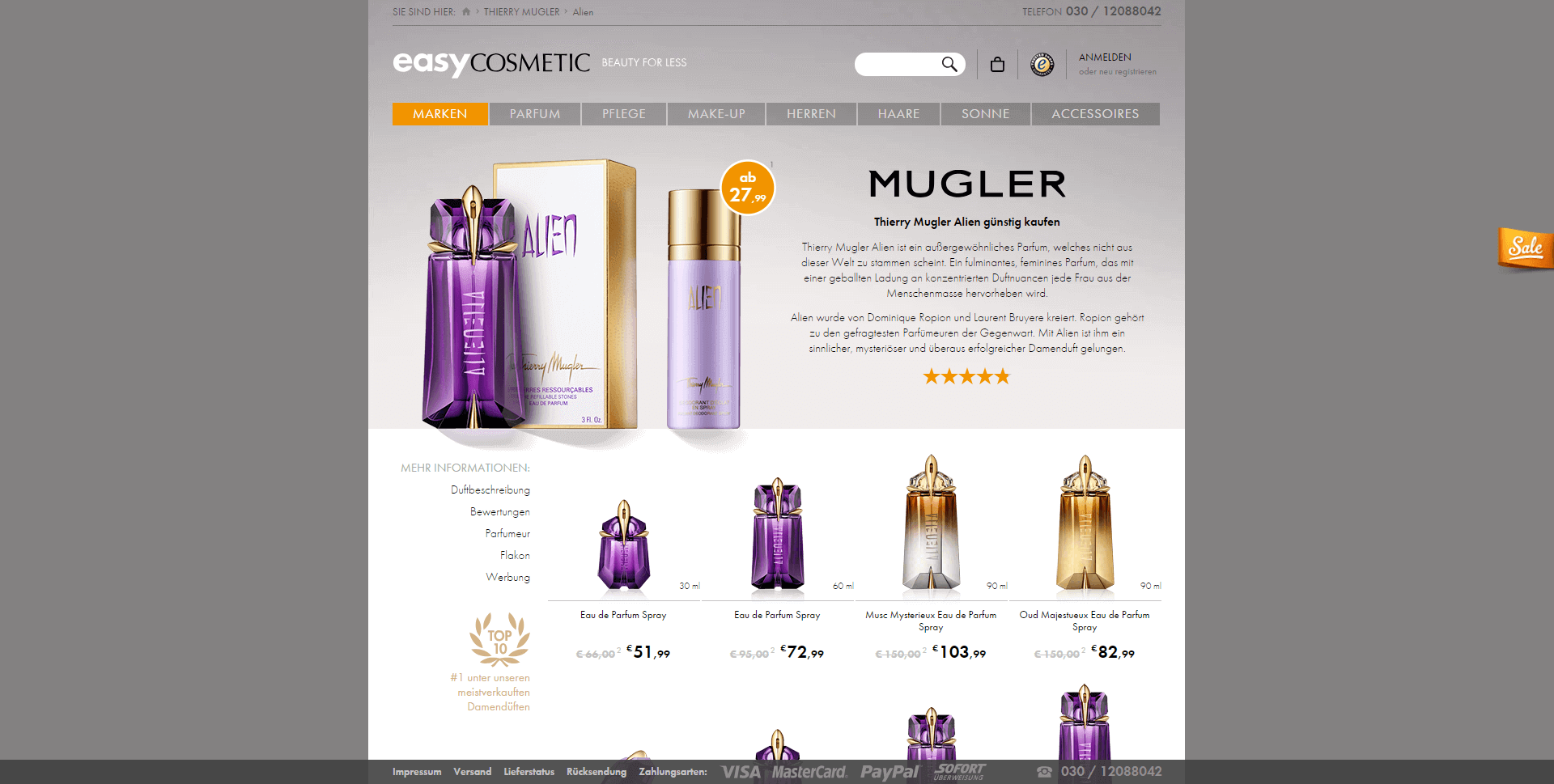
Tip 19: Create product descriptions that are "different
It is desirable to make product descriptions somehow special and conspicuous. Define your unique selling points and try to differentiate yourself from the competition. Find your own style or presentation type for your products, so that customers later remember your online store and your products.
Tip 20: Generate automatic product descriptions
If you can not manually create product descriptions for each product, they can be created automatically. There are several solutions on the market that can automatically create a quick product description. Thanks to such technologies, it is possible to create a large number of uniform texts. It is striking that such technologies not only consider the content, but also the semantics and the actual meaning. Of course, the quality of automatically creating texts is incomparable with those created manually. But it is much better than having no or very short product descriptions.
Tip 21: Perform Search Engine Optimization (SEO)
Only when you created a high quality and informative product description, make sure that this text is also search engine optimized.
Write your texts from the start for real buyers, not for bots. Enrich the texts with important keywords only after they have been completely written. An early SEO activity will rather harm your text. A qualitative text is provided for SEO and is the basis, not the consequence.
Conclusion
A good product description is an important factor in e-commerce success. A good product description should be informative, as short and detailed as possible and be adapted to the right target group. Such a product description should also advise and arouse positive emotions, so that the customer makes a purchase decision. The great art is to tell in the product description of the product benefit for the customer, because customers buy benefits, not products. Only such product descriptions will really sell.
The product description should be unique, well thought out, well structured and readable. No question should be left open for customers. Verbs of action and adjectives of sensations make product texts emotional and vivid to round off the right storytelling.
Pay attention to spelling and grammar. Very important is also the visual feeling, so better make a few product images more rather than too little.
And only if your product description is qualitative, informative and detailed, do it also SEO-friendly.
If you cannot manage the process of creating qualitative product descriptions for your online store on your own, you can also use a PIM system. Other systems and tools can also be helpful and save your working time, e.g. for translations.

